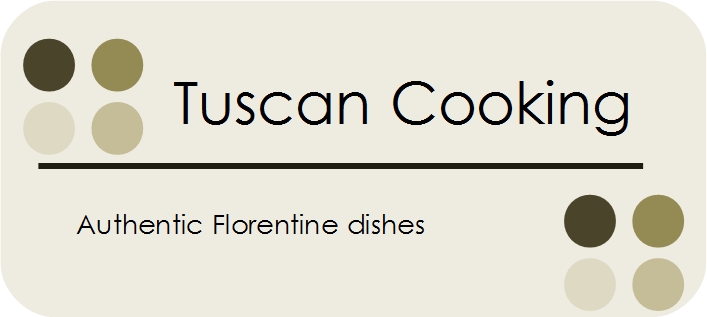Beans are a traditional dish in Tuscany. It goes back to the nice old ages when meat was a dream and a regular intake of proteins was provided by this fantastic product of nature. They also had the advantage that once dried they could easily be stored for long periods when frigdes and freezers were not available.
In Tuscany beans means CANNELLINI beans. The traditional way of cooking them is “al fiasco” which comes from the old times when the only heating in the house was the fireplace. So before going to bed, the Tuscan maid would think about the next day meal by putting dry beans in a fiasco(a bottle with a large tummy and a small neck) to fill around one third of it, and then by adding water and a little bit of oil to it. The fiasco would have been closed with some rags (fundamental tool at that time). The fiasco was then placed in the hot ashes of the fireplace, whose fire would have estinguished over the night. Not right in the middle, but on a side, where the temperature is milder and the beans would have slowly cooked overnight. And the next morning they were ready to be poured into the dish and eaten!
I tell you this just out of curiosity, as central heating has replaced the fireplace (thanks God!) and fiascos are almost impossible to find nowadays. However the tricks behind cooking beans al fiasco are the mild temperature, the long cooking and the impossibility of beans to move around. So if you want to cook beans properly (Tuscan way) you have to make sure that you respect all three rules. Not respecting these would result in a mushy mixture that you do not want to eat!
The way I have developed to cook Cannellini beans is the following:
I put them in a saucepan (make sure that it is much bigger than the volume occupied by the dry beans, as they grow!) and add water just to cover them. Put the saucepan onto mild heat (the smaller plate in your stove at the minimum temperature) and let them cook. I make sure that I have hot water available and each time that the beans absorb the water I add a small amount to them. Depending on the beans, this can go on for hours, usually 2-3. Very important: do not stir the beans!
You can serve the beans hot, seasoned with olive oil salt and pepper, and at wish with some, chopped onions and tuna. You can also use them for further preparations such as pasta e fagioli, ribollita, etc.

Nessun commento:
Posta un commento